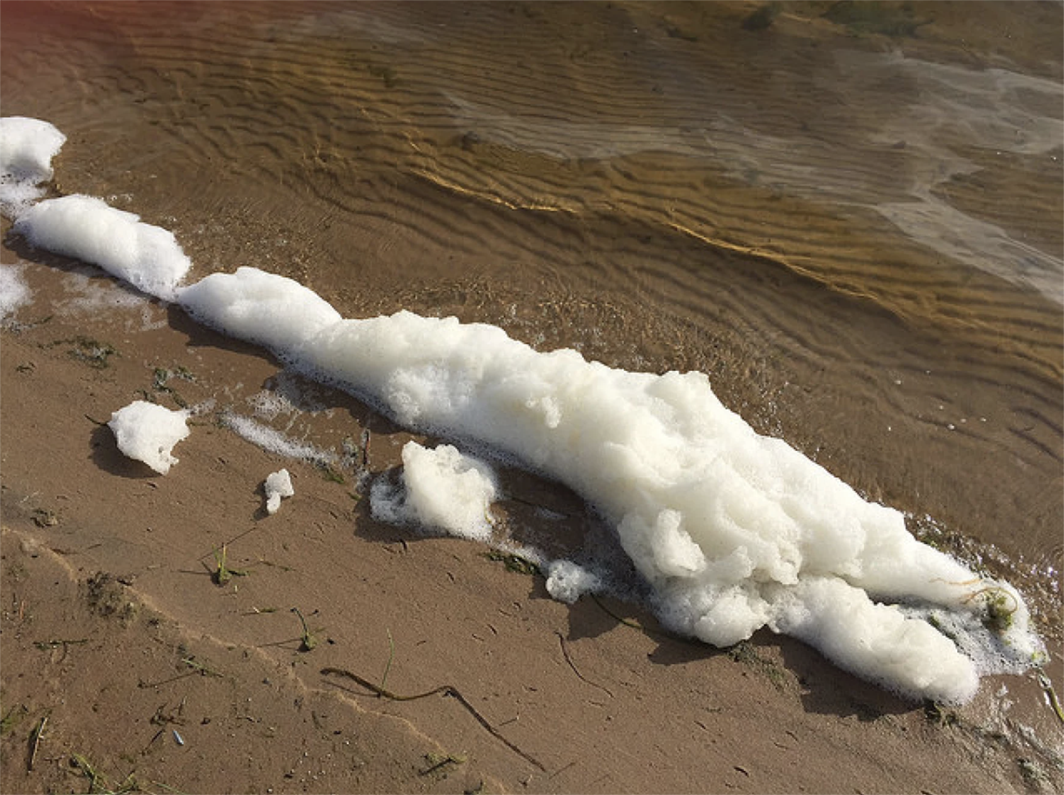Looking for solutions to pervasive problem
The state of Rhode Island mandated testing of public drinking water systems for per- and polyfluoroalkyl substances, better known as PFAS or “forever chemicals,” last year.
To assistance with that effort, the University of Rhode Island has launched an initiative that will research the prevalence of PFAS in other sources, including ground and surface waters.
PFAS have been
used for decades in consumer products such as coating on nonstick cookware, on
clothing and carpets to prevent stains, and in firefighting foam. These forever
chemicals degrade slowly in the environment. Human exposure is widespread and may
lead to such health impacts as cancer and reproductive issues.
The URI Water Quality Program will evaluate the prevalence of PFAS and its sources and pathways in two small or disadvantaged Rhode Island communities at the sub-watershed level.
Funded by a three-year, $1.5 million grant from the Rhode
Island Department of Health and the Environmental Protection Agency, the
project will explore best practices for treatment of PFAS and an outreach and
engagement program for residents in the two pilot communities.
In
the fall, URI researchers will identify the two communities — e.g., a school
district, senior housing complex, or mobile home park — with differing levels
of PFAS contamination in the public water system that serves them.
The
selection process will also take into account the size and makeup of the
communities’ populations. For this project, the EPA strongly favors that the
money be applied in small communities, usually fewer than 5,000 people, that
include marginalized or disadvantaged populations, according to Lisa Philo,
co-director of URI’s Nonpoint Education for Municipal Officials (NEMO) program.
In
each community, URI researchers will test multiple areas — private wells, small
public water systems, surface waters, and onsite wastewater — to evaluate the
prevalence and sources of contaminants and understand the pathways contaminants
travel in surface and groundwater.
While
the state monitors public drinking water systems, the URI project will also
test private drinking water sources in the sub-watershed to understand
potential sources of the contaminants in the home.
